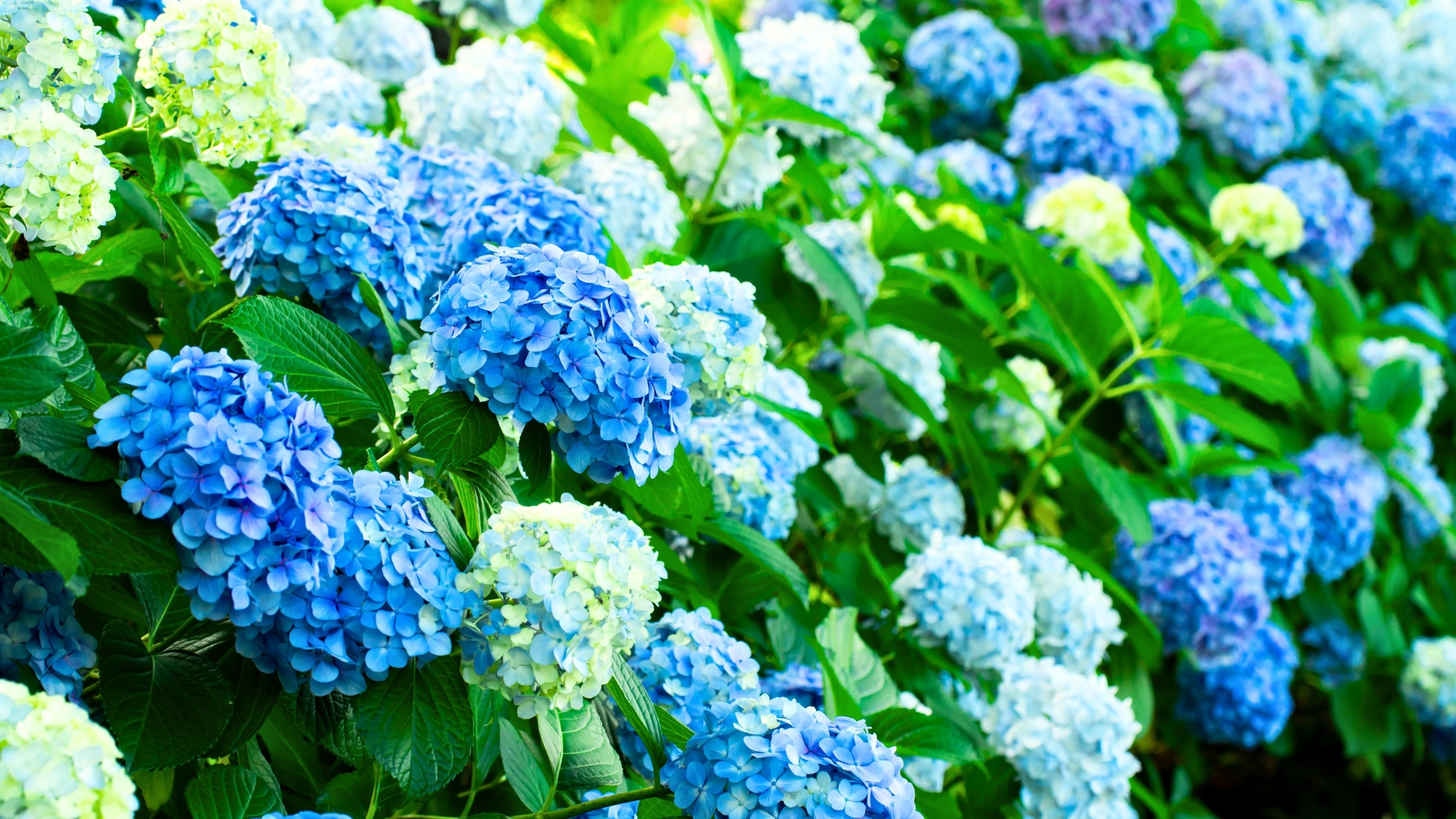These 10 Common Hydrangea Myths Are Holding You Back From Perfect Blooms
I used to believe every hydrangea myth I came across, and let me tell you, my blooms were far from perfect. Turns out, I was holding myself back with some common misconceptions that made caring for my plants way harder than it needed to be.
If you’ve been following the same advice, it might be time to let go of a few old habits. From color-changing confusion to pruning paranoia, these myths are only stopping your hydrangeas from thriving.
Let’s clear up the mess and get your flowers the attention they truly deserve!
1. All Hydrangeas Need Shade
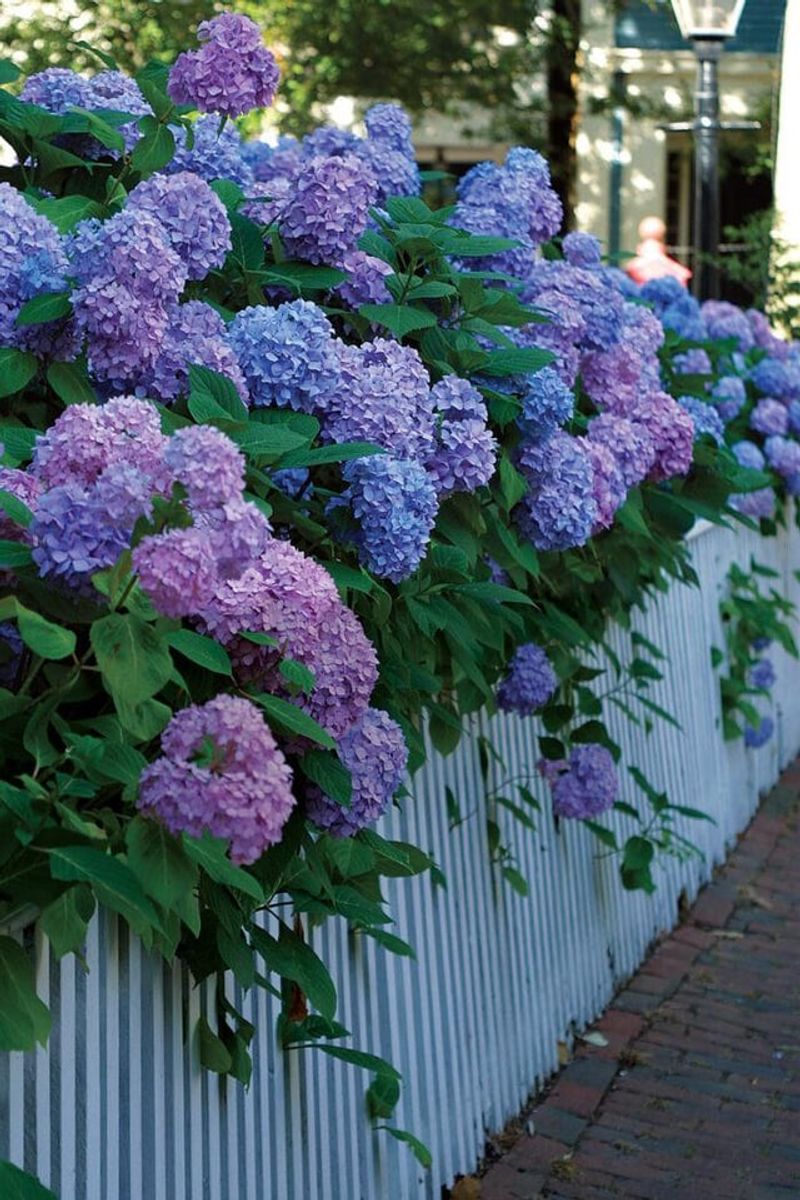
Many gardeners tuck every hydrangea into shady corners, believing they’ll wilt in sunshine. Actually, most varieties thrive with morning sun and afternoon shade. Panicle hydrangeas even prefer full sun and will reward you with stronger stems and more vibrant flowers.
Without adequate light, your plants might grow lush leaves but produce fewer blooms. Check your specific variety’s needs—some newer cultivars have been bred specifically to handle more sunlight without stress.
2. Changing Flower Color Is Complicated
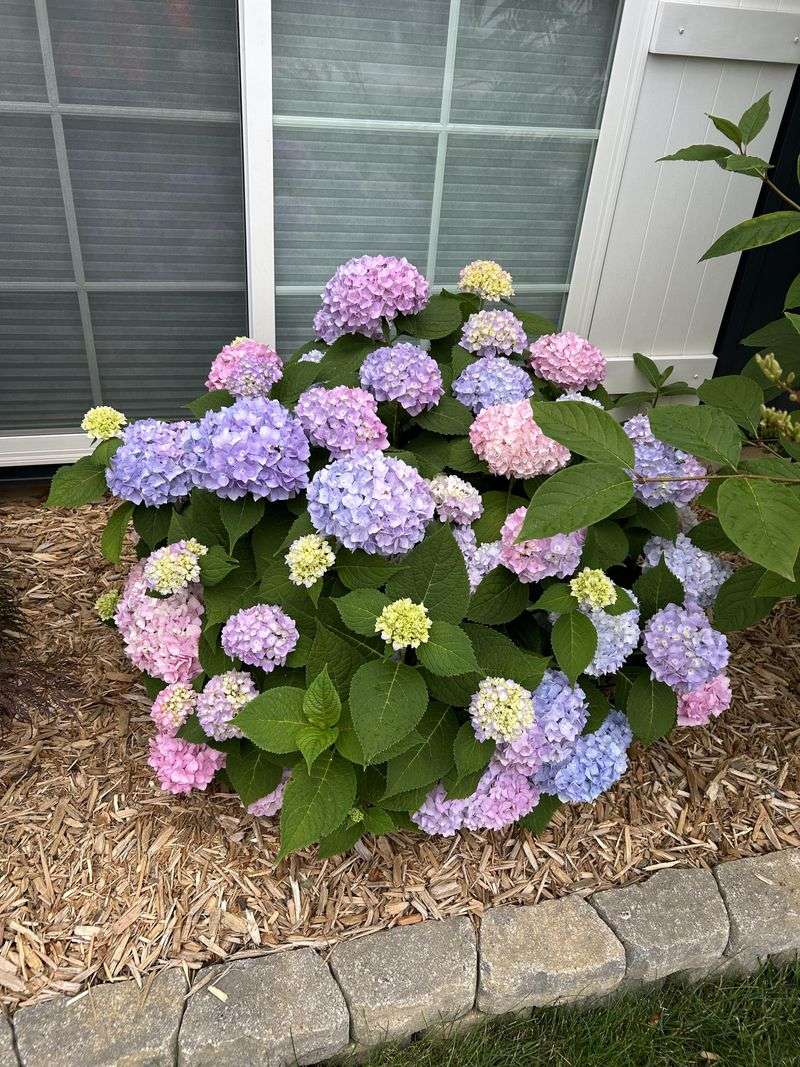
Contrary to popular belief, transforming hydrangea colors isn’t rocket science. For blue blooms, simply add aluminum sulfate to acidic soil. For pink flowers, add lime to make soil more alkaline. The process works primarily on bigleaf hydrangeas, not all varieties.
Results won’t happen overnight—expect to see changes in the next blooming season. Remember that white hydrangeas won’t change color regardless of soil adjustments, so choose your plants accordingly if color-shifting is your goal.
3. Pruning Kills Blooms

Fear of pruning keeps many gardeners from touching their hydrangeas at all. Smart pruning actually encourages better flowering! The secret is knowing when to prune based on variety. Old-wood bloomers like bigleaf hydrangeas should be trimmed right after flowering.
New-wood bloomers like panicle and smooth hydrangeas can be cut back in late winter. Mistiming your pruning is what causes bloom loss, not the pruning itself. A quick variety check before grabbing those shears will save your summer display.
4. More Fertilizer Means Bigger Flowers

Overfertilizing is a common mistake that leads to leafy plants with disappointing blooms. Hydrangeas need balanced nutrition, not excessive feeding. Too much nitrogen promotes lush foliage at the expense of flowers and can make plants more susceptible to disease.
A slow-release fertilizer applied once in spring is usually sufficient. For established plants in good soil, you might not need fertilizer at all. Watch your plant’s performance—if it’s growing well with plenty of flowers, don’t fix what isn’t broken.
5. Wilting Always Means More Water
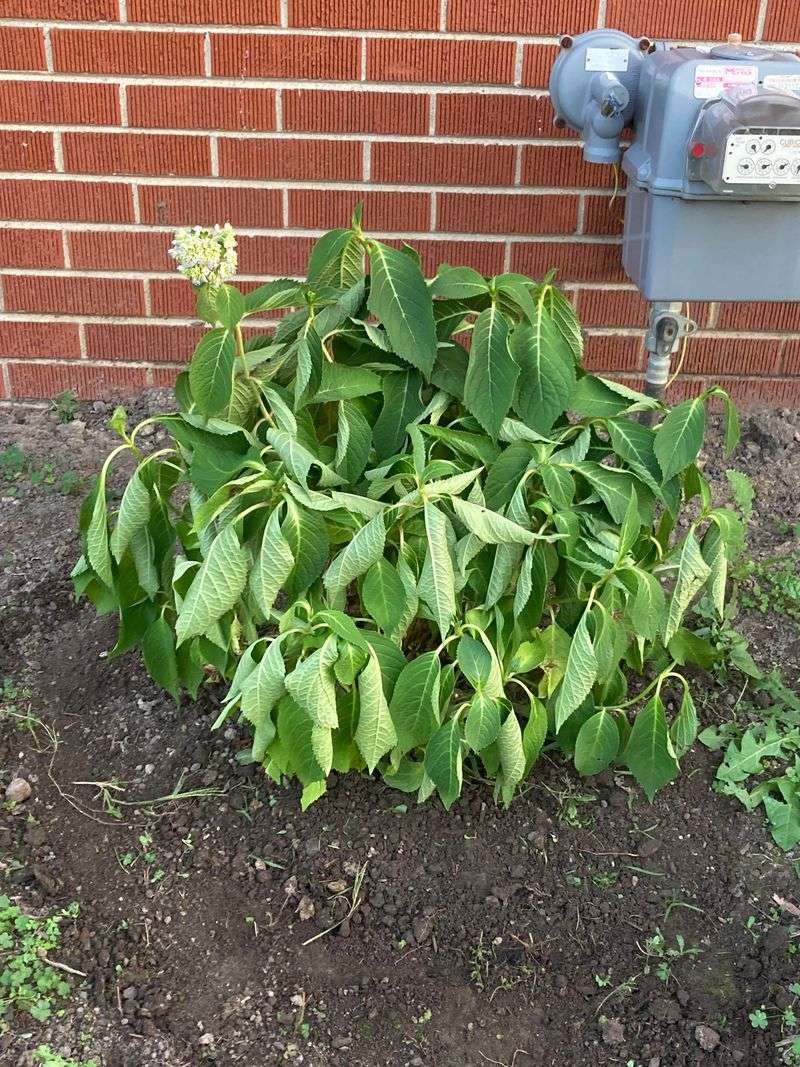
Running for the watering can when hydrangeas droop on hot afternoons might be your first instinct—but hold up! Temporary wilting during heat is normal and doesn’t always signal drought. Hydrangeas often recover by evening as temperatures cool.
Overwatering can cause root rot and fungal issues that are far worse than brief wilting. Check soil moisture by inserting your finger an inch deep—if it’s still damp, skip watering. A good soaking once or twice weekly is better than daily sprinkling.
6. Dead-Looking Winter Plants Are Goners
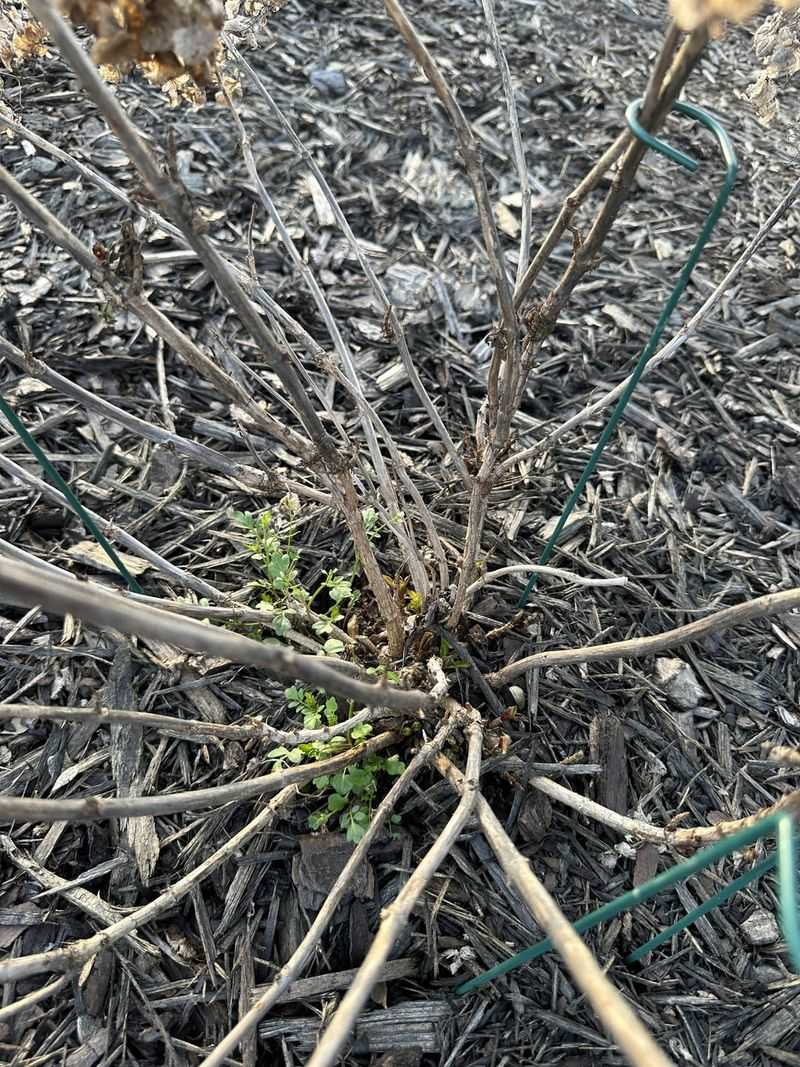
Don’t panic when your hydrangeas look dead in winter—this dormant state is perfectly normal. Those brittle, leafless stems often house next year’s flower buds. Wait until spring before declaring a plant dead or pruning extensively.
New growth typically emerges from the base and along stems as temperatures warm. Sometimes winter-damaged stems will have viable buds lower down while the tips have died back. Patience is key—give your plant until late spring before making any drastic removal decisions.
7. Hydrangeas Need Constant Moisture

While hydrangeas appreciate consistent moisture, they’re more drought-tolerant than most gardeners believe. Established plants, especially oakleaf and panicle varieties, can handle dry spells once their roots are developed. Constant soggy conditions actually harm these plants more than brief dryness.
A 2-3 inch layer of mulch helps retain soil moisture and reduces watering needs. Focus on deep, infrequent watering that encourages roots to grow downward rather than shallow daily sprinkles that create dependent, surface-rooted plants.
8. All Hydrangeas Bloom on Old Wood
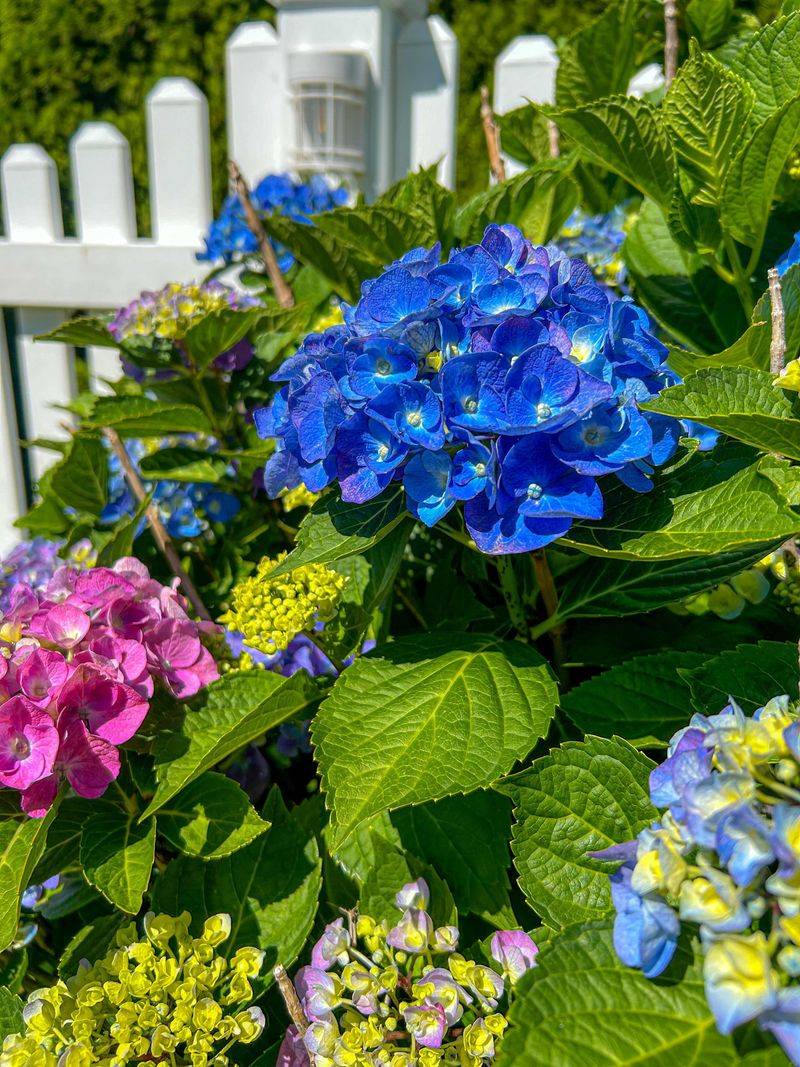
Gardeners often lament lost blooms after pruning, assuming all hydrangeas flower on last year’s growth. In reality, many popular varieties—including Endless Summer types—bloom on both old and new wood, offering multiple flowering opportunities throughout the season.
Panicle hydrangeas (like ‘Limelight’) and smooth hydrangeas (like ‘Annabelle’) flower entirely on new growth, allowing for heavy spring pruning without sacrificing blooms. Knowing your specific variety’s blooming pattern prevents frustrating flowerless seasons and guides proper maintenance.
9. Fall Cleanup Prevents Disease
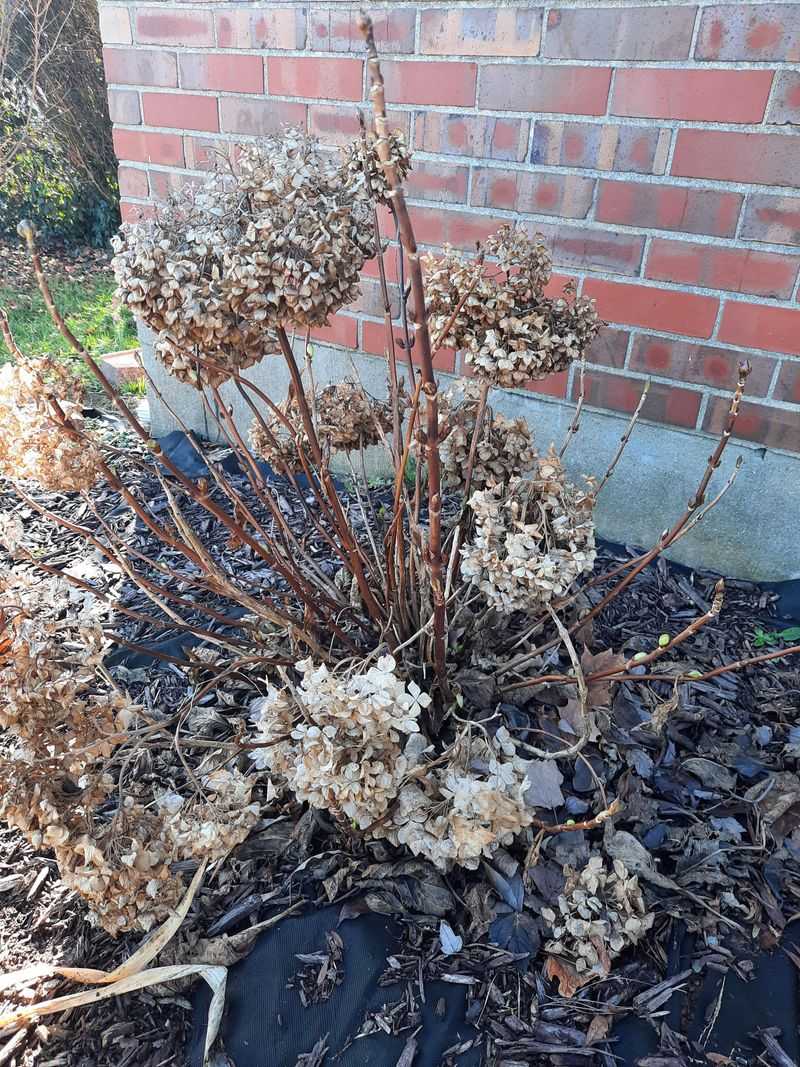
Aggressive fall cleanup around hydrangeas can do more harm than good. Those fallen leaves create a natural mulch that protects roots from temperature fluctuations. Dead flower heads also provide winter interest and protect developing buds on some varieties.
Remove only diseased material in fall, leaving healthy stems and spent blooms intact until spring. This approach provides better winter protection and habitat for beneficial insects. The best disease prevention isn’t sterile surroundings but proper spacing, good air circulation, and appropriate watering practices.
10. Hydrangeas Are Difficult to Grow
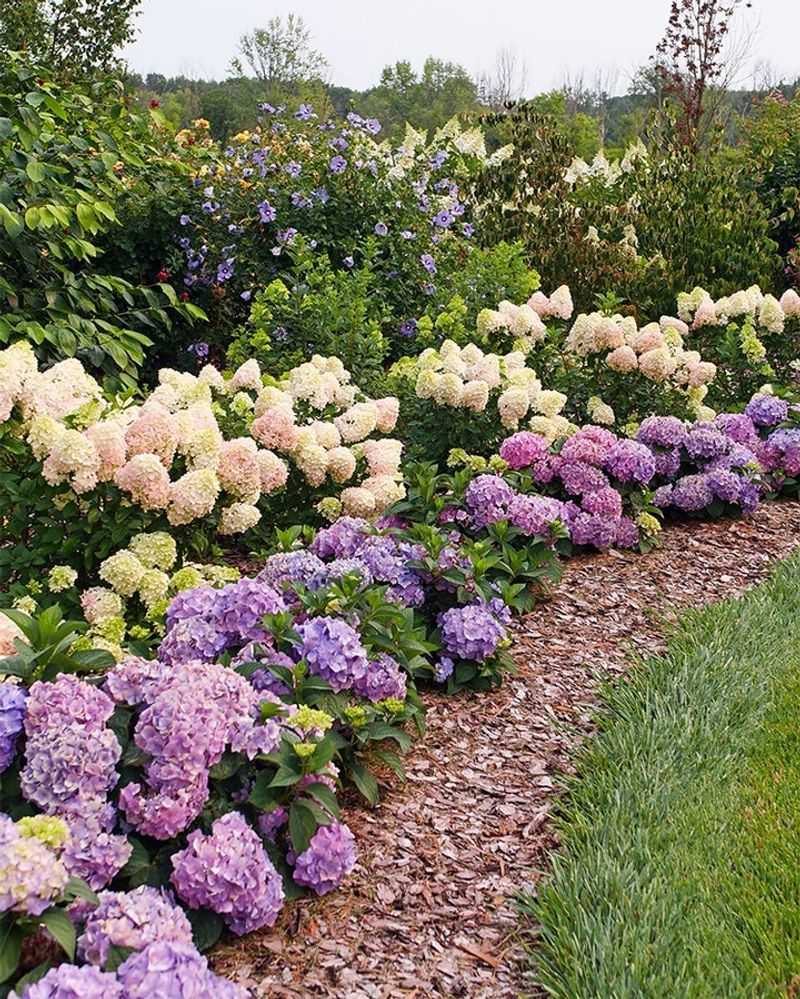
The reputation for being finicky keeps many gardeners from trying hydrangeas. In truth, these flowering shrubs are quite forgiving once established and require less care than many popular garden plants. Choose varieties suited to your hardiness zone for best results.
Most problems stem from improper placement rather than the plant itself. With basic understanding of your specific variety’s needs—sun exposure, pruning timing, and soil preference—success is easily achievable. Even novice gardeners can grow stunning hydrangeas with minimal fuss.

